MUSIC IN ADVERTISING
POWER OF MUSIC IN ADVERTISING:JINGLES & BRANDING
Music is a powerful tool in advertising, going beyond simple background noise to influence how we feel, remember, and even what we buy. This is because our brains are hardwired to link sound with emotion and memory, a process called multimodal encoding.

POWER OF MUSIC IN ADVERTISING: JINGLES & BRANDING
EMOTION AND RECALL
Music triggers emotional responses that drive consumer choices far more than logic. A song can make a brand feel exciting or trustworthy, leading to stronger connections and higher profit growth for campaigns. Iconic brand sounds, like Intel's "bong" or Netflix's "ta-dum," are instantly recognizable and processed faster than visuals.
DRIVING BEHAVIOR
The tempo of music directly impacts consumer behavior. Fast-paced music creates urgency and encourages impulse buys, while slower music makes people linger and spend more. The type of music can also affect perception; for example, classical scores can elevate a brand's perceived value.
JINGLES AND SONIC BRANDING
Jingles are auditory logos that create lasting brand recall. They are simple, memorable, and become part of our cultural memory, living "rent-free" in our minds for decades. Looking ahead, sonic branding-creating a distinct audio identity-is the next frontier, with AI-powered tools allowing for personalised music that adapts to a consumer's mood or profile.
Music is the fastest route to memory and emotion the brain knows. Neuroscientists call it “multimodal encoding”-pairing sound with sight dramatically improves recall because the hippocampus (memory) and amygdala (emotion) are activated together. In advertising, that means a soundtrack isn’t filler. It’s the difference between being noticed and being remembered.
EMOTIONS DRIVE CONSUMER CHOICES
People don’t buy on logic; they justify with it. They buy on emotion.
A Texas A&M study found that viewers of a running shoe ad with emotional music showed stronger neural engagement than those who saw the same ad in silence.
Binet & Field’s IPA analysis confirms it: emotional campaigns outperform rational ones by 2x on profit growth.
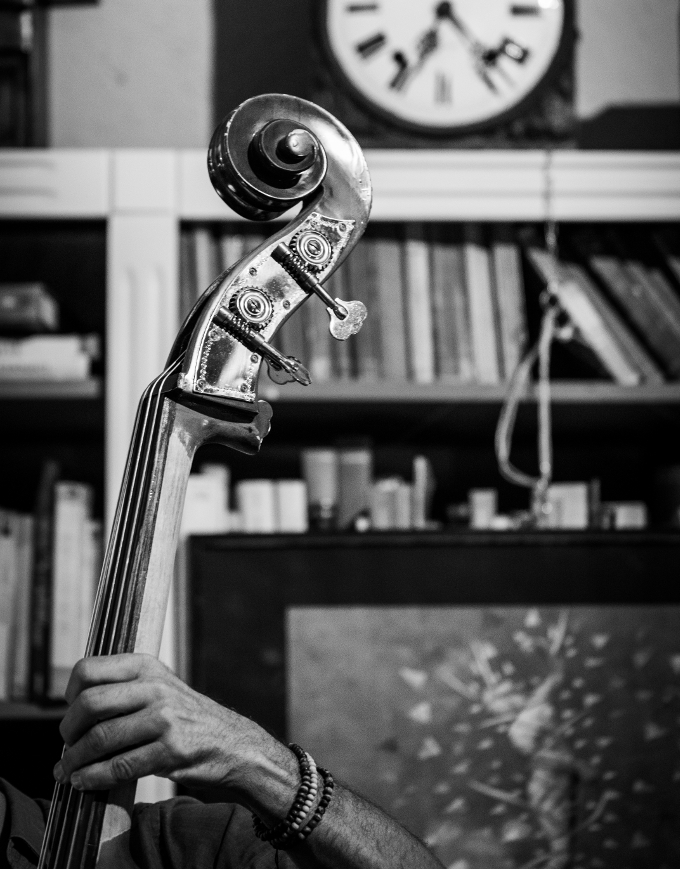
The levers are predictable and powerful:
Music doesn’t just accompany the message. It encodes the feeling you want customers to associate with your brand.
NEED MORE THAN JUST 'CREATIVE'?
MUSIC AND BRAND RECALL
A jingle is the cheapest annuity in marketing.
Intel's five-note "bong" has a 94% global recognition rate. McDonald's "I'm Lovin' It" is more remembered than many of its menu items. Mnemonic sounds are processed faster than visuals and can trigger brand recall within 400 milliseconds (University of Leicester).
That's why Netflix's " ta-dum" sound has become shorthand for anticipation. One second of audio, billions of Pavlovian responses.
MUSIC DOESN'T JUST SHAPE MEMORY;
IT DRIVES BEHAVIOUR
BRAND PERCEPTION
Classical scores in ads elevate perceived value. A study by North & Hargreaves found that playing French music in a wine store increased sales of French wines by up to 77%. That's not taste, that's sound.
PURCHASE INTENT
Fast beats fuel urgency. Research in Psychology & Marketing shows shoppers exposed to upbeat music make quicker decisions and spend more impulsively. No wonder fast-fashion brands blast high-tempo playlists. On the other hand research from the University of Bath shows that background music in advertising increases sales by 10% during weeks when it is played. Slow music makes shoppers linger, leading to more purchases.
ATMOSPHERE
Music lengthens dwell time. The University of Bath found that background music in retail boosted weekly sales by 10%. Slow music made shoppers linger; fast beats sped up restaurant table turnover.
THE SCIENCE OF SOUND AND MEMORY
The Mere Exposure Effect explains why repeated jingles create affinity: familiarity breeds liking. Couple that with dopamine spikes from music (shown in fMRI scans at McGill University), and you have a recipe for emotional branding that bypasses rational resistance.
In other words sound gets under the skin in a way visuals alone can't.
Music in advertising isn't ornamental. It is a strategy in stereo. It shapes how people feel, how they remember, and how they buy.
Ignore it, and your ad is silent wallpaper. Use it well, and your brand lives rent-free in people's heads for decades.
Because sometimes, the most powerful brand message isn't what's said on screen, it's what's still playing in your customer's mind long after the ad ends.

THE LEGENDARY MUSIC-DRIVEN
ADVERTISEMENTS
APPLE'S IPOD "SILHOUETTES" CAMPAIGN
Coloured backdrops. Dancing shadows. iPods glowing white. And crucially—music that defined an era. Apple didn't just sell devices, it sold identity. Lesser-known artists featured in the campaign (e.g., Jet, Daft Punk) shot to global fame. Apple created cultural capital by making sound its marketing weapon.
NIKE'S "KYRIE 3 IMPROV" ADVERTISEMENT
Questlove on drums. Kyrie Irving on the court. Rhythm meeting motion. This wasn't a shoe spot; it was a masterclass in synchronising sport with sound. The beat wasn't background, it became Nike's metaphor for spontaneity, energy, and striving for greatness.
AIRTEL'S "HAR EK FRIEND
ZAROORI HOTA HAI"
Airtel didn't buy attention, it bought cultural memory. Ram Sampath's tune + Suraj Jagan's vocals = friendship anthem for a generation. The brand became shorthand for connection, not telecom. Music transformed Airtel into a social identity.
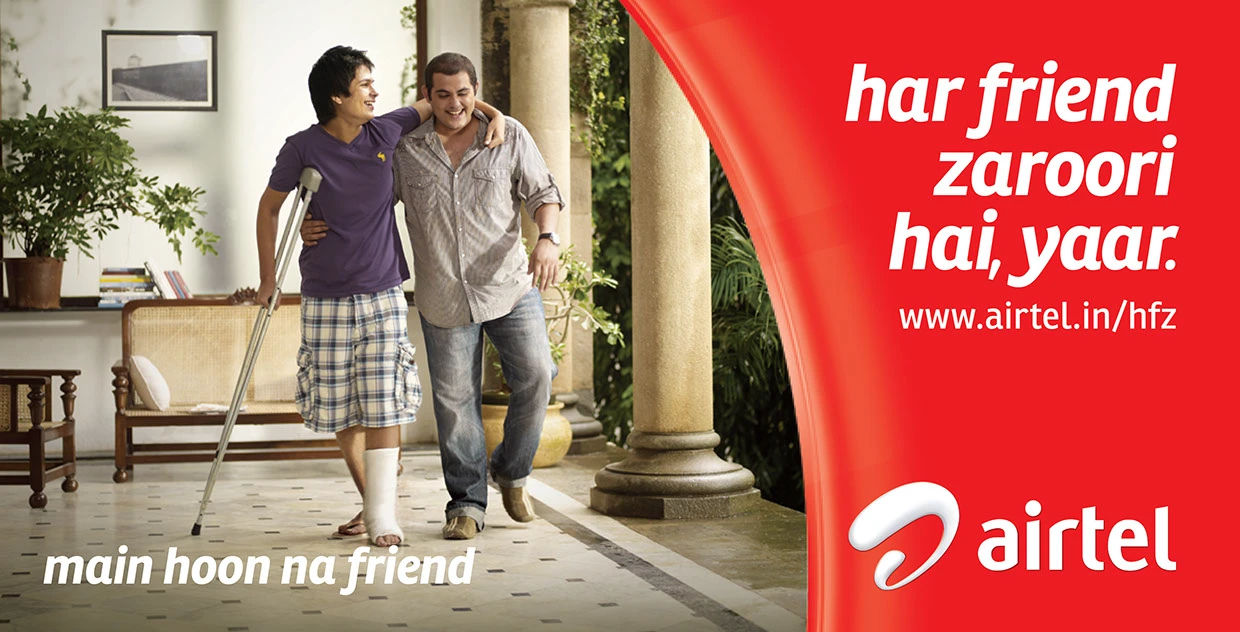
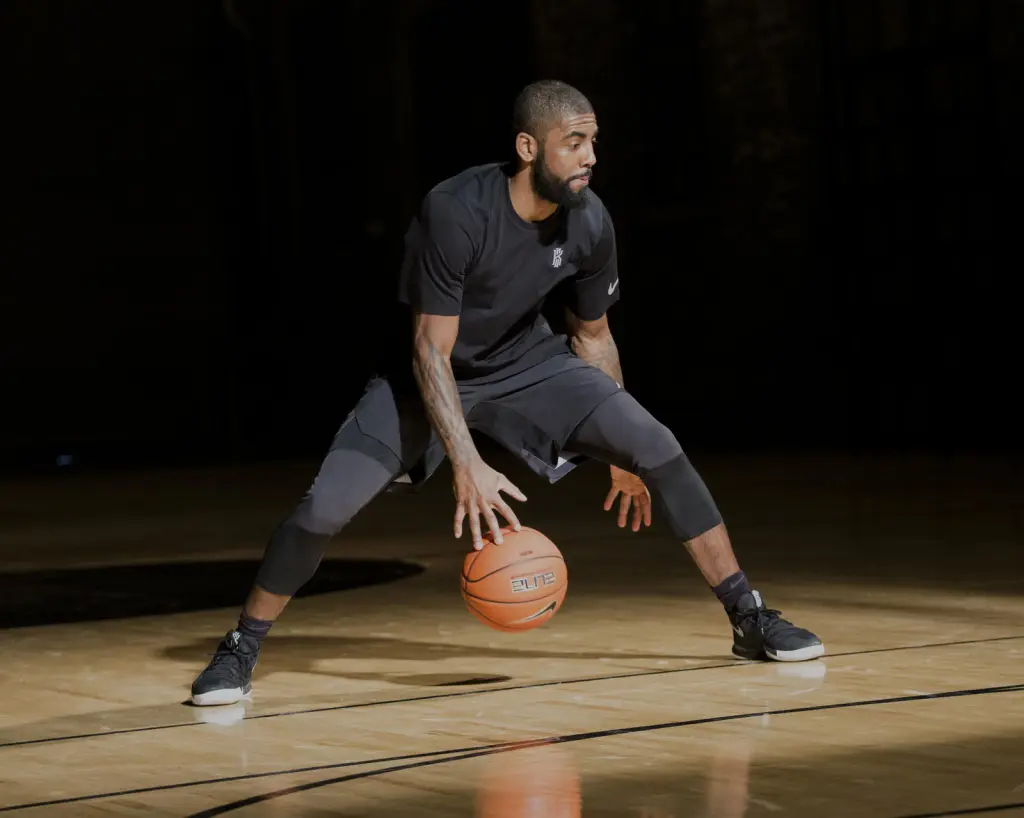
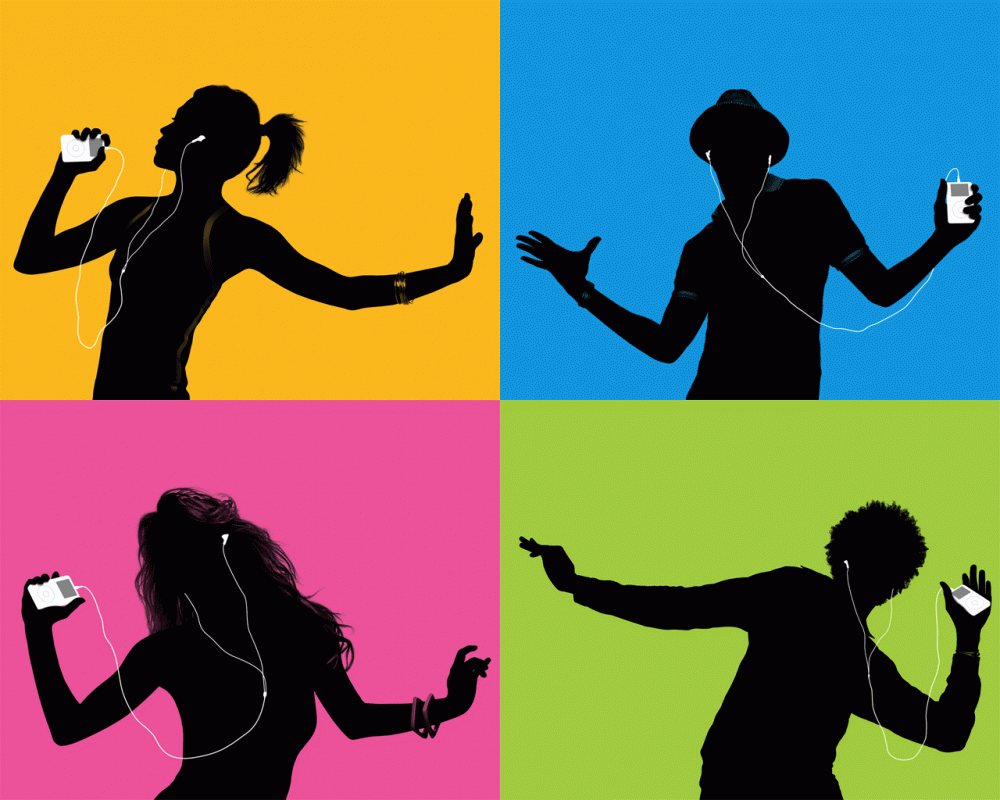
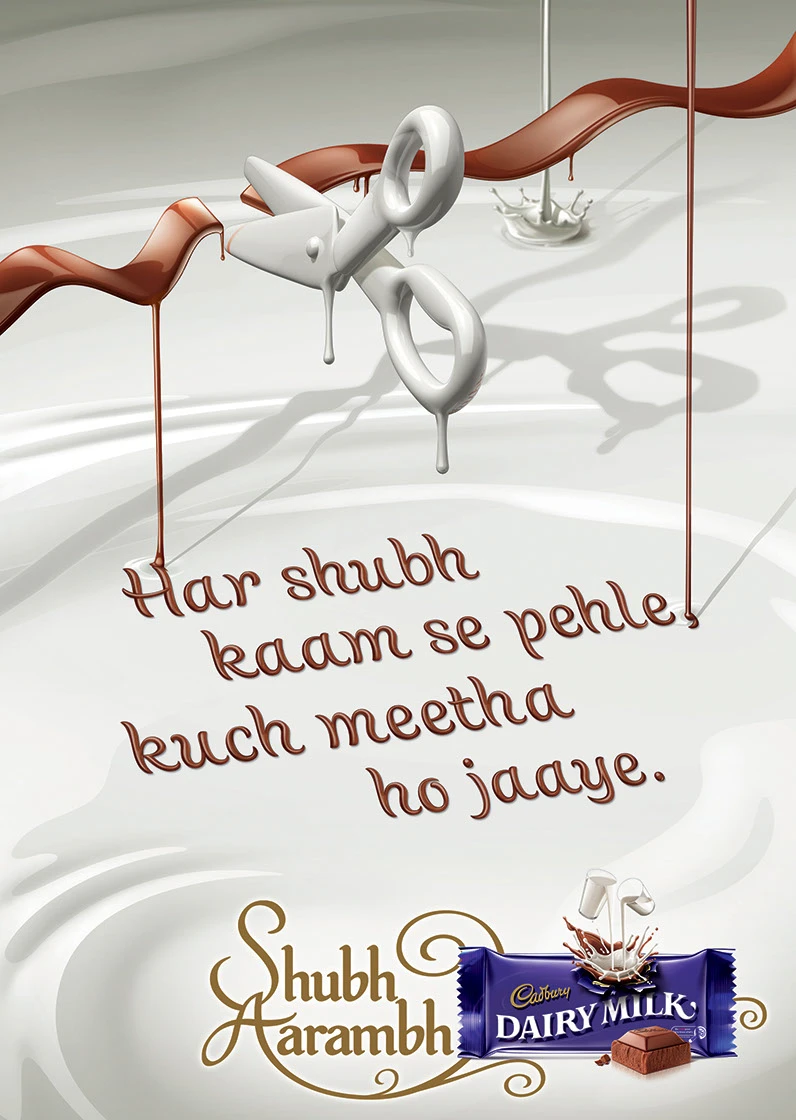
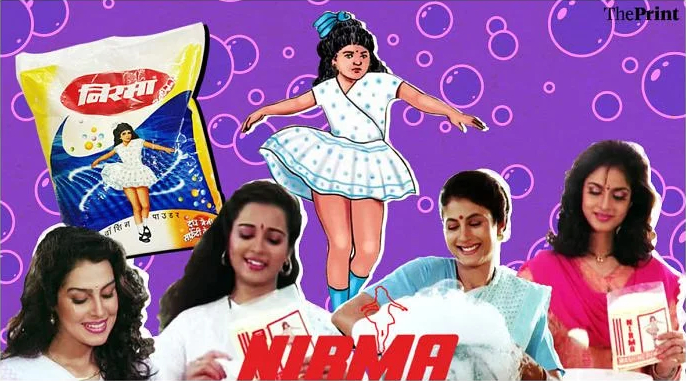
CADBURY DAIRY MILK'S "KUCH MEETHА HO JAYE"
Shankar Mahadevan's voice turned chocolate from a product into a ritual. The cricket-stadium dance remains etched into India's advertising psyche. Sales rose because Cadbury shifted chocolate's role: no longer kids' candy, but a symbol of joy across life stages.
TITAN'S TIMELESS SYMPHONY
Few sounds in India rival Titan's reinterpretation of Beethoven's Symphony No. 25. Elegant, timeless, aspirational. The instrumental score became synonymous with class. Titan didn't just advertise watches, it sonic-branded aspiration itself.
NIRMA'S "SABKI PASAND NIRMA"
Not glamorous, not luxury. But unforgettable. That jingle became India's working-class anthem. Affordable, trustworthy, everyday. Sometimes the most powerful sound strategy is simplicity you can whistle.
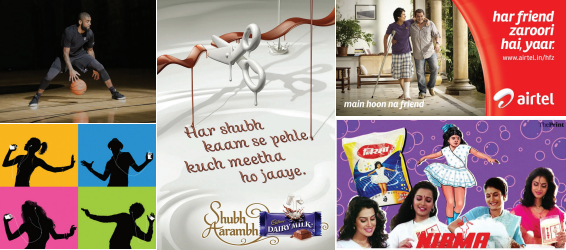
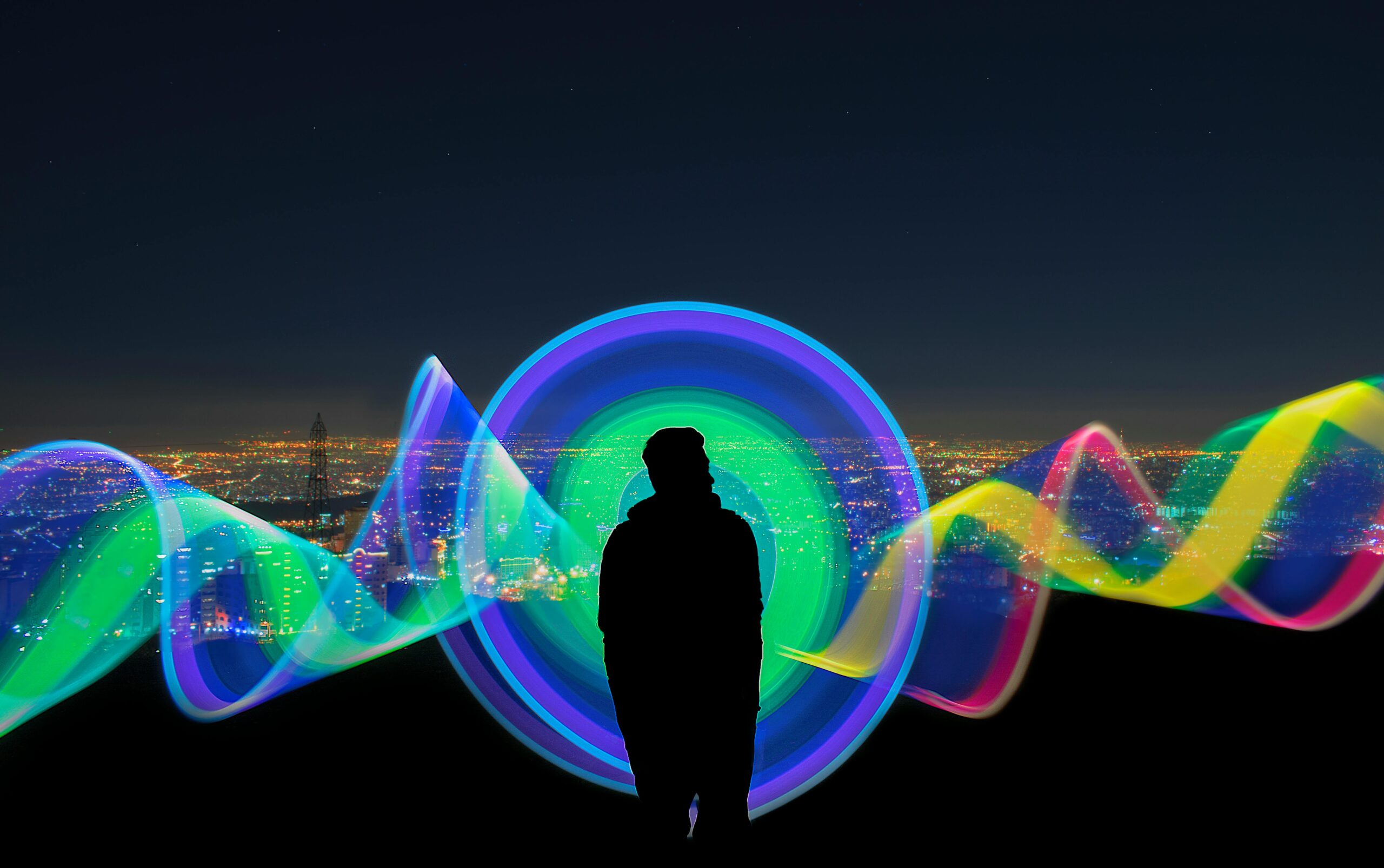
THE FUTURE: SOUND IS THE NEW LOGO
The next frontier isn’t visuals. It’s audio.
AI-PERSONALISED MUSIC
Tools like Amper Music and Jukedeck let brands generate custom soundtracks in minutes, adapting tone to mood or even individual consumer profiles. Imagine Spotify-style ad music, personalised in real time.
SONIC BRANDING
Netflix’s “Ta-dum,” Intel’s chime, Amazon Alexa’s voice cues. These aren’t effects. They’re assets. Distinctive brand sounds that trigger memory faster than any logo can.
IMMERSIVE PLATFORMS
With AR, VR, and voice assistants, sound will lead before visuals even load. Brands without an audio identity will simply not exist in these spaces.
WRAPPING UP - WHY MUSIC IN
ADVERTISING MATTERS
Music in advertising shapes how people see brands. It’s not just an artistic choice; it’s a strategic advertising tool. It triggers emotions and builds deep connections, something visuals or words alone can’t do. A well-chosen track turns an ad from a simple message into a lasting memory.
Jingles in advertising strengthen brand recall. Background scores and sonic branding make brands more recognisable. A familiar melody sparks instant association. Just a few notes can reinforce identity. That’s why many iconic advertising campaigns stick with us not just for their visuals but also for their tunes.
Music also influences behaviour. It sets the mood, creates urgency, and even drives purchases. Upbeat music builds excitement. Slow, emotional scores build trust and nostalgia. Advertisers choose tracks that match their story, making campaigns more impactful.
Brands now use AI in advertising to personalise music. This ensures the proper emotional response for the right audience. With sonic branding rising, companies craft distinct audio identities to stand out.
SO, THE NEXT TIME A TUNE STICKS IN YOUR HEAD, IT'S NOT RANDOM,
IT'S AN ADVERTISING STRATEGY AT WORK.
FAQs ON MUSIC IN ADVERTISING
-
WHY IS MUSIC IMPORTANT IN ADVERTISING?
Music in advertising is powerful because it creates emotional connections, strengthens brand recall, and influences consumer behaviour. A well-chosen track can make an ad more memorable and persuasive than visuals or words alone.
-
HOW DOES MUSIC IN COMMERCIALS AFFECT CONSUMER EMOTIONS?
Different types of music trigger specific emotions. For example, fast-tempo music creates excitement and urgency, while slow-tempo music induces relaxation. These emotional cues influence how consumers perceive brands and make purchasing decisions.
-
WHAT ROLE DO JINGLES PLAY IN ADVERTISING?
Jingles in advertising act as auditory logos. They are short, catchy, and instantly recognisable, making it easier for consumers to remember a brand. Iconic jingles like “Give Me a Break” from KitKat or Amul's “Utterly Butterly Delicious” are proof of their long-lasting impact.
-
CAN MUSIC REALLY IMPROVE BRAND RECALL?
Yes. Research shows that music in advertising engages memory, emotional, and auditory centres of the brain simultaneously. This multisensory effect ensures that consumers remember both the tune and the brand message long after the ad ends.
-
WHAT IS SONIC BRANDING IN ADVERTISING?
Sonic branding is the creation of a unique sound or audio identity for a brand, similar to a logo but for the ears. Examples include Netflix's “Ta-Dum” and Intel's five-note chime. These sounds make brands instantly recognisable across commercials and digital platforms.